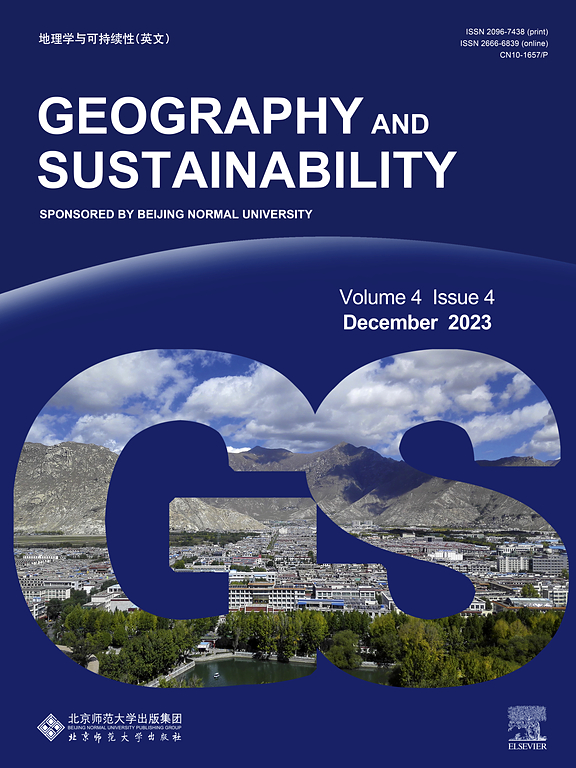Tourism impacts on marine and coastal ecosystem services: A systematic review
IF 8
1区 环境科学与生态学
Q1 GEOGRAPHY, PHYSICAL
引用次数: 0
Abstract
Coastal tourism holds substantial development potential. However, coastal ecosystems are affected by tourism development, which limits the supply of ecosystem services (ES). This study aims to conduct a systematic literature review on the impacts of tourism on coastal and marine ES using the Preferred Reporting Items for Systematic Reviews and Meta-alpha Methods. We initially identified 640 studies by searching titles, abstracts, and keywords. After screening, only 50 studies met the criteria for inclusion in the review. The results showed a significant increase in publications between 2011 and 2023. Most studies were conducted in Europe, Asia, and North and Central America. The most used ES classifications were MEA and CICES. Most studies concentrated on the ES supply dimension (43 studies; 86 %). Cultural ES (47 studies; 94 %) were researched more than provisioning (28 studies; 56 %) and regulating & maintenance (29 studies; 58 %) sections. Regarding cultural ES, most studies were focused on “Physical and experiential interactions with the natural environment” (34 studies; 68 %) and on provisioning ES on “Wild animals (terrestrial and aquatic) for nutrition, materials or energy” (18 studies; 36 %). Quantitative and mixed methods were the most used in the reviewed studies. Most studies identified pressures from “Tourism, urbanisation, and population increase” (27 studies; 54 %) and focused on “Integrative/ common management strategies” (20 studies; 40 %). Only a few of the studies’ results have been validated by external data (10 studies; 20 %). This study provides an overview of the most assessed marine and coastal ES, where studies are needed with more comprehensive geographic coverage.

求助全文
约1分钟内获得全文
求助全文
来源期刊

Geography and Sustainability
Social Sciences-Geography, Planning and Development
CiteScore
16.70
自引率
3.10%
发文量
32
审稿时长
41 days
期刊介绍:
Geography and Sustainability serves as a central hub for interdisciplinary research and education aimed at promoting sustainable development from an integrated geography perspective. By bridging natural and human sciences, the journal fosters broader analysis and innovative thinking on global and regional sustainability issues.
Geography and Sustainability welcomes original, high-quality research articles, review articles, short communications, technical comments, perspective articles and editorials on the following themes:
Geographical Processes: Interactions with and between water, soil, atmosphere and the biosphere and their spatio-temporal variations;
Human-Environmental Systems: Interactions between humans and the environment, resilience of socio-ecological systems and vulnerability;
Ecosystem Services and Human Wellbeing: Ecosystem structure, processes, services and their linkages with human wellbeing;
Sustainable Development: Theory, practice and critical challenges in sustainable development.
 求助内容:
求助内容: 应助结果提醒方式:
应助结果提醒方式:


